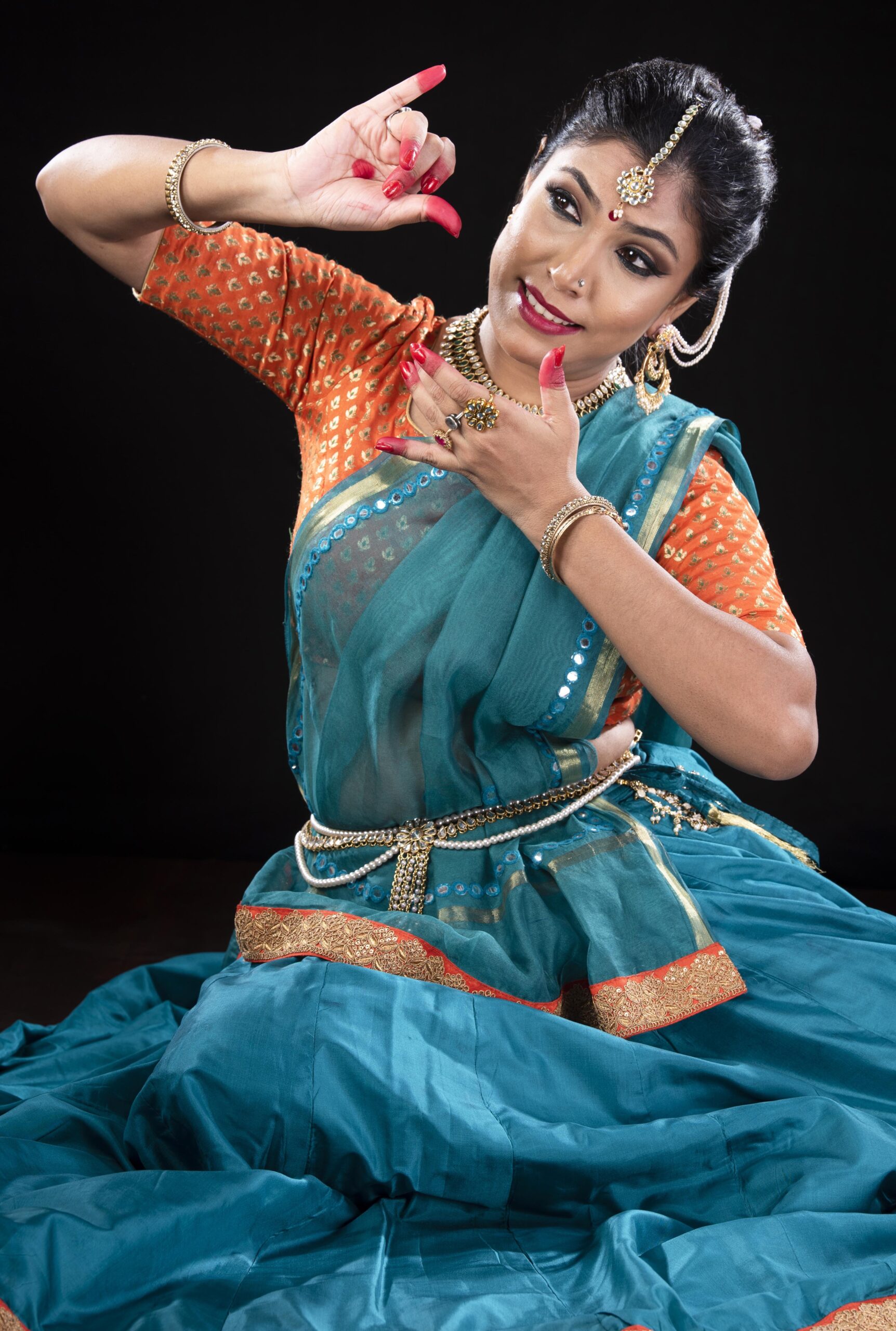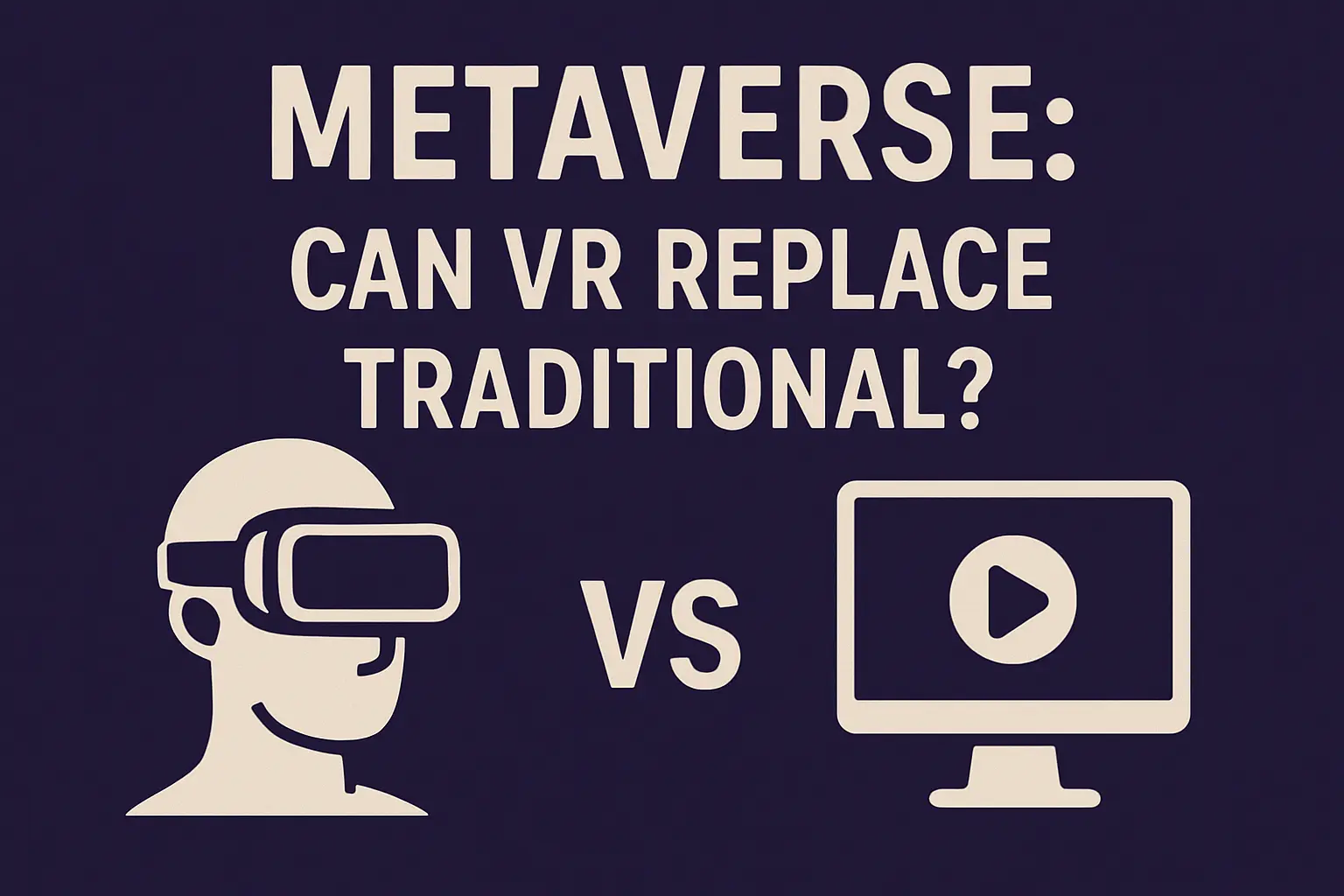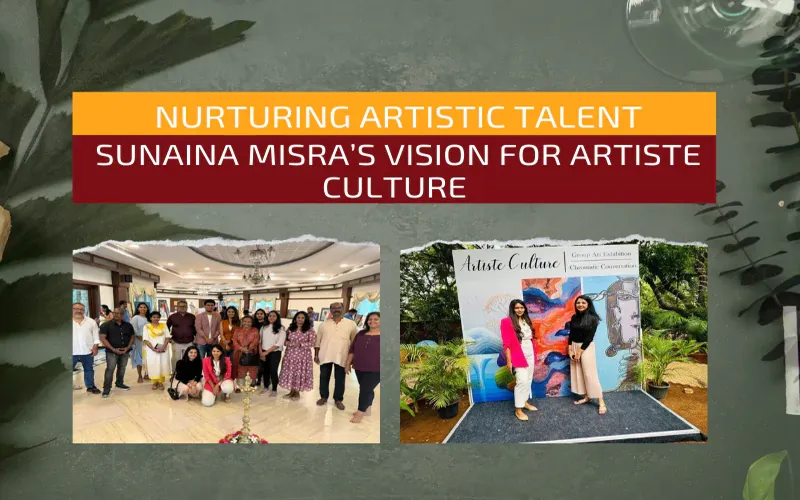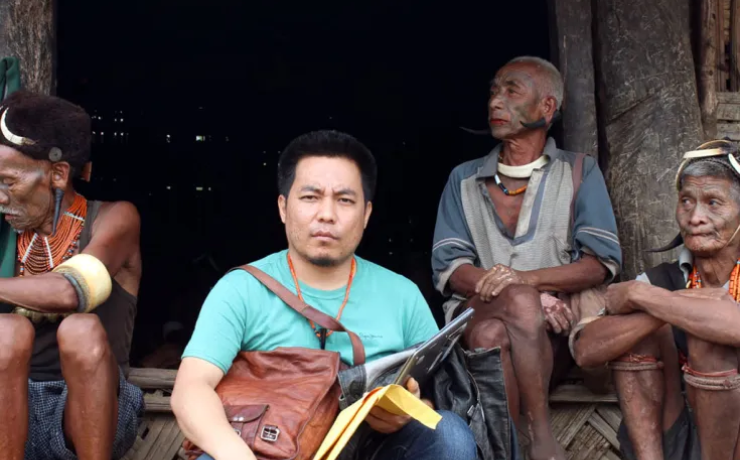Imbibing within her the essence of Kathak of the Lucknow Gharana, its lyrical and sensuous movements, the treasure of its scintillating rhythmic patterns and subtle abhinaya, Sangita Chatterjee entered the whirling world of beautiful dance under the tutelage of Guru Smt Vaswati Misra, one of the leading proponents of Lucknow Gharana Kathak. The artist, in conversation with Vinay Agarwal speaks on fresh challenges, her renewed relationship with the dance form and more.
An empanelled artist of ICCR, IWCF and SPIC MACAY, Sangita Chatterjee has emerged as a soloist par excellence and has carved her niche as a thinking dancer whose approach towards the art is beyond a performance. Some of her stage acts include Umak Festival, Jayadev Festival, and the India International Travel Fare (Taiwan) and International Dance Festival (Taiwan). She also had the distinction to choreograph for the occasion of the state visit of Bangladesh Prime Minister at Rashtrapati Bhawan in the presence of Prime Minister Narendra Modi and the entire political galaxy.
As a choreographer, Sangita has worked in collaborative projects with different embassies for cross-cultural productions, amongst which RAMAYAN with Japanese Nihon Buyo dancers courted critical acclaim. She has also been awarded with Sringar Mani and Jayadev Samman for her performances. Currently, Sangita serves as the artistic director of Kalpataru Arts, and is a Kathak faculty at The Pink Lotus Academia.
Excerpts from a chat
As Kathak involves a lot of footwork, how do you take care of your feet before and after a performance?
Yes, Kathak involves a lot of footwork and like any other sport, it all starts with being resilient, being trained in a way that it doesn’t affect your body that much. It is important to understand the years of training that goes into it, rather than after-care post performances.
If it is really bad after the performance, we dip our feet in warm water with a little bit of salt but nothing as such before the performance. More than the feet, knees are extremely important for Kathak dancers because the entire pressure comes from the knee and the knee has to be soft enough.
What are a few of the challenges in teaching this dance form online?
To be honest, I was quite skeptical about teaching online but during this last one year, I have been taking online classes, and to my surprise the ball has been rolling quite well and my students are growing. Earlier, I thought it would be difficult to explain certain nuances of dance, but I am able to do that through the screen as well.
Though the personal touch is required, I feel this is a great way for the students who are unable to come physically. I have some international students. This has been a revelation for me.
Tell us about your state of mind before a big performance
Whether it is a small performance, or a big platform, it does not matter to me anymore as I try to plan meticulously. Now, it has gone beyond my profession and is a very personal experience for me.
So, for every performance I just want myself to get into that zone of going beyond my body. It’s a very different experience every time I perform. I would say that I am anxious but with that I would also say that there’s a lot of joy I start experiencing when I am on stage which I want to share with my audience.
I would say that my state of mind elevates from my current circumstances and just goes beyond my own current space. I feel like I am traversing in some other space where there is a lot of freedom.
As you’ve performed in various prestigious venues and events, do you miss performing in a physical space?
Absolutely! I think this is the biggest thing an artist must have missed during this year of no stage performances because ultimately performing arts is something where our engagement with the audience is essential. Though there are virtual events, they can never replace the experience that we get on a live performance where a kind of bond gets created between the audience and the artist and this is special and palpable. I am hoping to come back on stage soon. What do you think of ‘Kathak sequences’ in Bollywood films?
Bollywood has a great history of getting inspired by Kathak. Great Kathak Maestros such as Pandit Gopi Krishna ji and Lacchu Maharaj ji choreographed for Bollywood. However, being a Kathak artist I feel that our audience is misguided because ultimately what we see in Bollywood could be called as “Inspired by Kathak” but not Kathak. I have reservations about calling it “Bollywood Kathak.”
Tell us about your current role at Kalpataru Arts
It is a socio-cultural organisation which aims to promote Indian art and culture. It creates a space where art can evolve safely without judgements, where there will be creative discourses; basically a space for art to grow and add value and also to develop a community of artists and art lovers, bringing them together to experience art.
We do a yearly event, Manthan Festival, monthly Saksham series such as lecture series, workshop series, and then we have Inspire, which is an interview series. Right now, we are coming up with our first dance film festival, Chakshu.
Do share one fond memory related to Kathak
There are many fond memories in my dance career. Kathak has taken me to places. I have travelled to more than thirty countries. I like to make friends and get involved in new cultures, understand them and try to build bonds with whoever I meet in my journey.
One memorable anecdote that I would like to share is when I was performing somewhere in Europe. After my performance, someone from the audience came up and he wanted to see my sole. It was moments later that I realised that he was thinking that I must be wearing something under my sole which is making the sound as the tap dancers do.
Tap dancers wear a shoe under which there is a steel plate which makes the sound of the tap. So, this person was expecting that the sound that I am creating with my feet was because of such shoes. He was blown away when I showed him that I was doing it bare feet. So that was a unique and funny experience for me but, for him it was quite an exploration.
– Virtual events can never replace the experience that we get on a live performance where a kind of bond gets created between the audience and the artist, which is special and palpable.




































